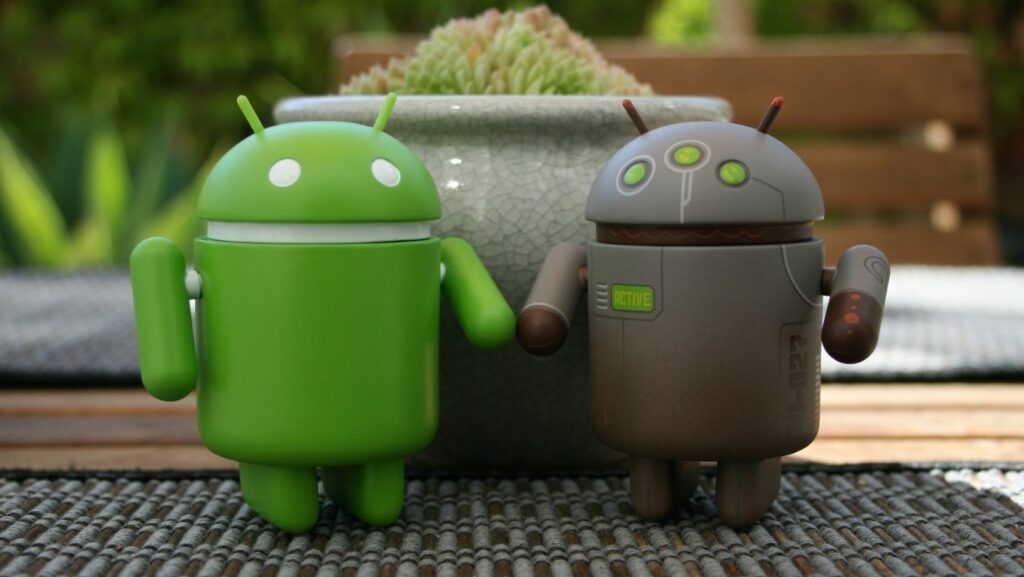 When it comes to creating a successful Android app, design plays a crucial role in capturing users’ attention and enhancing their overall experience. From intuitive navigation to visually appealing layouts, every aspect of Android design is meticulously crafted to engage users from the moment they launch the app. With the ever-evolving trends in mobile technology, staying updated on the latest design practices is essential for developers and designers looking to make an impact in the competitive app market. In this fast-paced digital landscape, understanding the principles of Android design is key to building user-friendly interfaces that resonate with your target audience. By incorporating user-centric design elements and optimizing for mobile responsiveness, developers can create apps that not only look great but also function seamlessly across various Android devices.
When it comes to creating a successful Android app, design plays a crucial role in capturing users’ attention and enhancing their overall experience. From intuitive navigation to visually appealing layouts, every aspect of Android design is meticulously crafted to engage users from the moment they launch the app. With the ever-evolving trends in mobile technology, staying updated on the latest design practices is essential for developers and designers looking to make an impact in the competitive app market. In this fast-paced digital landscape, understanding the principles of Android design is key to building user-friendly interfaces that resonate with your target audience. By incorporating user-centric design elements and optimizing for mobile responsiveness, developers can create apps that not only look great but also function seamlessly across various Android devices.
Android App Design
 Android design has evolved significantly over the years, transitioning from early interfaces to modern aesthetics to meet the changing needs and preferences of users. In the early stages of Android app development, interfaces were often rudimentary, focusing more on functionality than visual appeal. However, with advancements in technology and design trends, modern Android app aesthetics have become more sophisticated and user-centric. Today, users expect sleek designs, intuitive navigation, and visually pleasing layouts that enhance their overall experience.
Android design has evolved significantly over the years, transitioning from early interfaces to modern aesthetics to meet the changing needs and preferences of users. In the early stages of Android app development, interfaces were often rudimentary, focusing more on functionality than visual appeal. However, with advancements in technology and design trends, modern Android app aesthetics have become more sophisticated and user-centric. Today, users expect sleek designs, intuitive navigation, and visually pleasing layouts that enhance their overall experience.
Over the years, there have been major design changes in Android app development that have shaped the way apps look and feel. Some of the significant design trends include the shift from skeuomorphic design to flat design, the adoption of material design principles by Google, and the emphasis on responsive design for various screen sizes. These changes reflect a focus on simplicity, clarity, and consistency in design, aiming to provide users with a seamless and enjoyable interaction with Android apps.
Principles of Android Design
Design in Android app development has evolved significantly to meet user preferences. Adopting sleek designs, intuitive navigation, and visually appealing layouts are key components for enhancing user experiences. The transition from skeuomorphic to flat design and the incorporation of material design principles by Google have greatly influenced the aesthetics of Android apps.
Consistency in design elements such as colors, fonts, and UI components across an app ensures a seamless user experience. By maintaining usability standards, developers can create intuitive interfaces that users find easy to navigate. Consistent design patterns help in establishing a familiar environment for users, reducing confusion and enhancing overall usability.
Creating Android apps with accessibility in mind is crucial for catering to users with diverse needs. Designing inclusive interfaces that consider factors like color contrast, text size, and screen reader compatibility can make apps usable for a wider audience. Prioritizing accessibility ensures that all users, including those with disabilities, can interact with the app effectively.
Components of Effective Android App Interfaces
 In creating effective Android app interfaces, certain key components play a crucial role. Let’s delve into the specifics of these components that contribute to the success of Android design. Navigation elements in Android design are essential for ensuring smooth user interactions. Navigation bars, menus, tabs, and gestures are critical components that help users move through the app seamlessly. Clear and intuitive navigation enhances user experience by enabling users to find what they need quickly. Developers should prioritize simple and familiar navigation patterns to minimize user confusion and enhance usability.
In creating effective Android app interfaces, certain key components play a crucial role. Let’s delve into the specifics of these components that contribute to the success of Android design. Navigation elements in Android design are essential for ensuring smooth user interactions. Navigation bars, menus, tabs, and gestures are critical components that help users move through the app seamlessly. Clear and intuitive navigation enhances user experience by enabling users to find what they need quickly. Developers should prioritize simple and familiar navigation patterns to minimize user confusion and enhance usability.
Visual design elements are paramount in capturing users’ attention and creating engaging interfaces. Consistent use of color schemes, typography, icons, and imagery contributes to a visually appealing app layout. Visual hierarchy guides users’ focus to important elements on the screen, aiding in efficient information consumption. Ensuring visual harmony and balance in the design fosters a pleasant user experience and reinforces brand identity.
Android app design has come a long way, evolving from skeuomorphic to flat design and embracing material design principles. The focus on sleek, intuitive, and visually appealing layouts is crucial for enhancing user experiences. Looking ahead to 2023, trends like minimalism, dark mode, and gesture-based navigation are set to dominate the design landscape. Designers are opting for minimalistic color schemes, clutter-free interfaces, and dark mode features to boost efficiency and cater to diverse user preferences.

